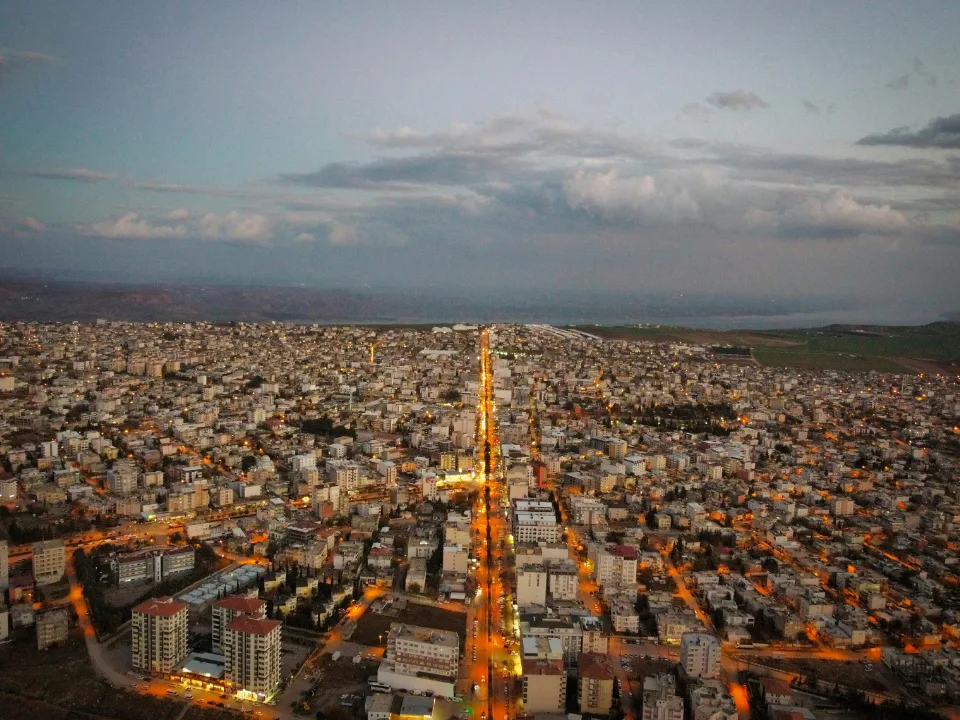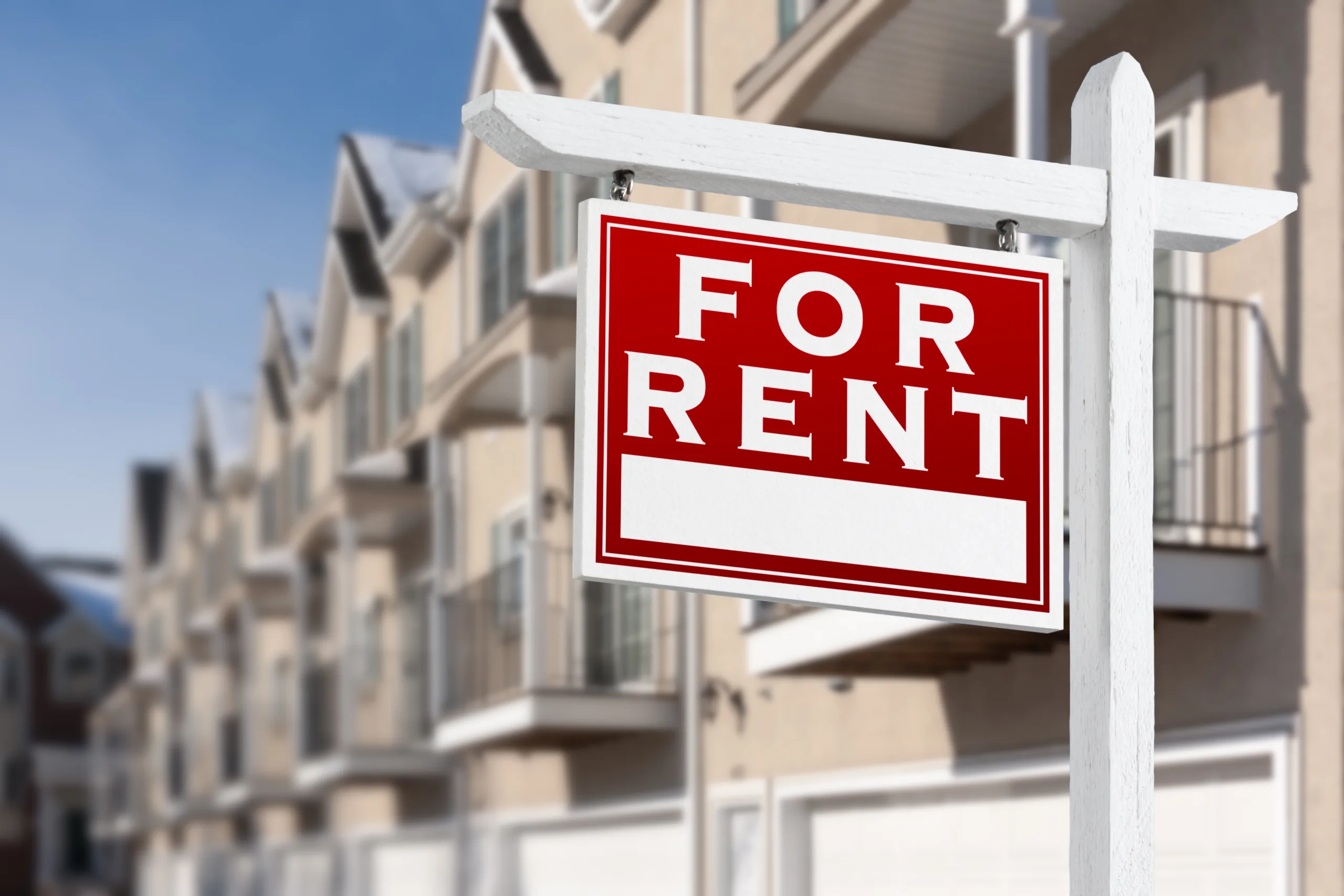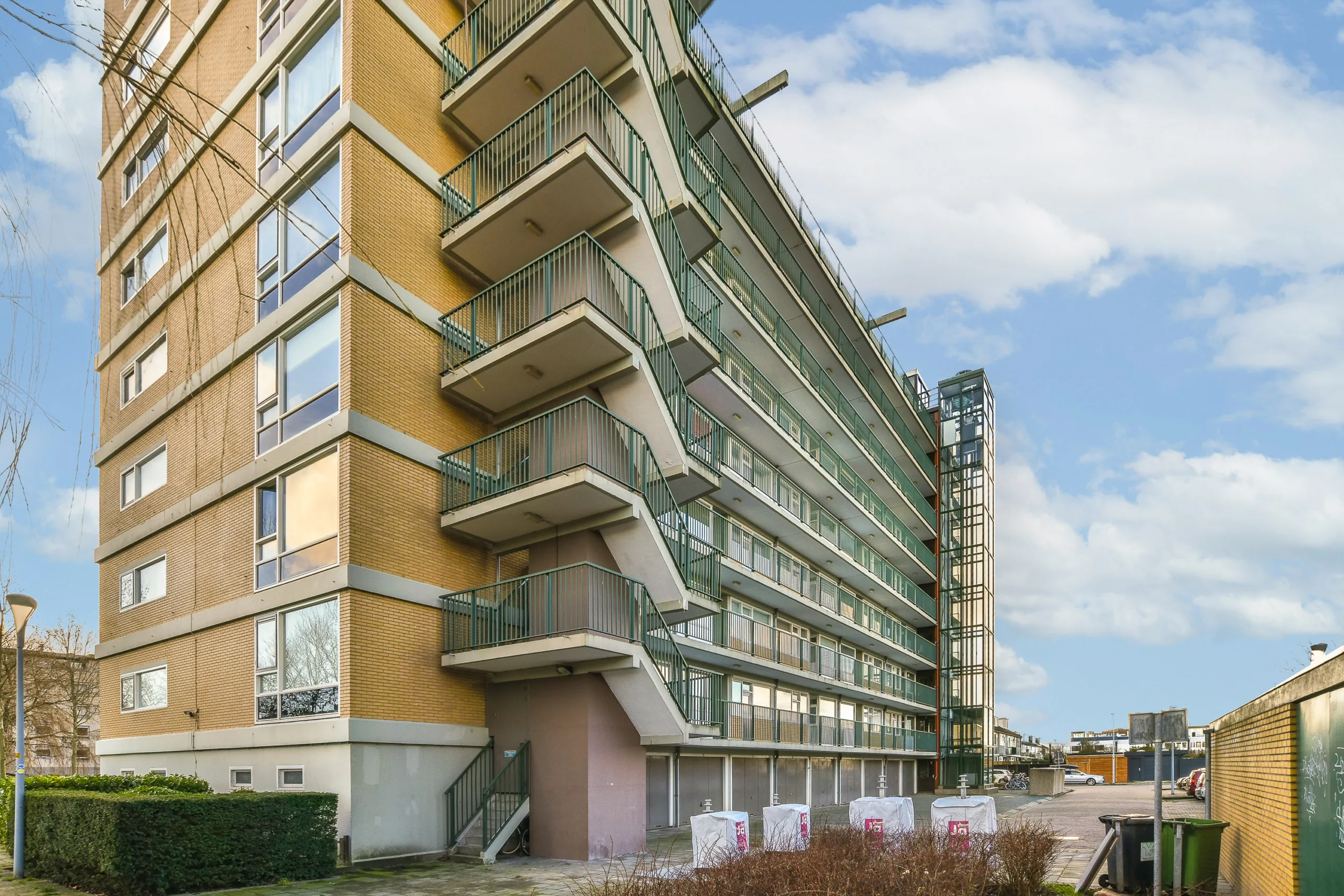- Myrtle Beach, SC is projected to be the fastest-growing US metro in 2025, with a 3.2% annual population increase.
- Florida cities like Port St. Lucie, Lakeland, and Orlando are among the top near-term growth markets, along with Charleston, SC and Fayetteville, AR.
- Major metros such as Houston, Dallas, and Atlanta are seeing large population gains—Houston alone is expected to grow by 165,000 residents next year.
- New York City is rebounding from pandemic losses, with nearly 178,000 new residents forecast in 2025.
The South Takes the Lead
The latest forecast from real estate analytics firm Markerr confirms a continued population shift to the Southern US Myrtle Beach tops the 2025 growth list with a 3.2% increase, continuing a strong trend since 2020, per GlobeSt.
Meanwhile, Florida metros—including Port St. Lucie, Lakeland, and Orlando—are each projected to grow by more than 2.2% next year. Charleston, SC, and Fayetteville, AR are also on the rise, driven by expanding job markets and relative affordability.
Big Cities, Big Gains
Large Southern metros continue to attract residents at an impressive pace.
- Houston is expected to add 165,000 residents.
- Dallas follows with 147,000.
- Atlanta, Orlando, and Charlotte will each gain over 50,000 people.
At the same time, New York City is mounting a major comeback. It’s projected to add nearly 178,000 residents in 2025, reversing its pandemic-era population losses.
Where Growth Is Slowing
However, not every metro is sharing in the gains.
- New Orleans will likely shrink by 0.1%, extending its multi-year decline.
- Rust Belt cities such as Pittsburgh, Buffalo, and Syracuse show minimal growth.
- Southern California metros, including Los Angeles and Thousand Oaks, continue to lose residents as outmigration accelerates.
Get Smarter about what matters in CRE
Stay ahead of trends in commercial real estate with CRE Daily – the free newsletter delivering everything you need to start your day in just 5-minutes
Long-Term Growth Leaders
Looking ahead, Southern metros are set to dominate through 2030.
- Myrtle Beach, Sarasota, and Cape Coral are projected to expand by over 3% annually.
- Boise, Provo-Orem, and Huntsville should also post strong gains near 2.8%.
In contrast, Memphis, Akron, and New Orleans will likely see less than 0.1% annual growth.
Why It Matters
Population trends signal where demand for housing, infrastructure, and commercial projects will intensify. The South continues to attract people because it offers affordability, job opportunities, and quality of life—a combination that keeps reshaping migration patterns across the US.
What’s Next
As these demographic shifts deepen, expect more real estate activity and capital flows to follow the population south. Growth is no longer spread evenly across the nation—it’s clustering where economic strength and lifestyle appeal align.

















